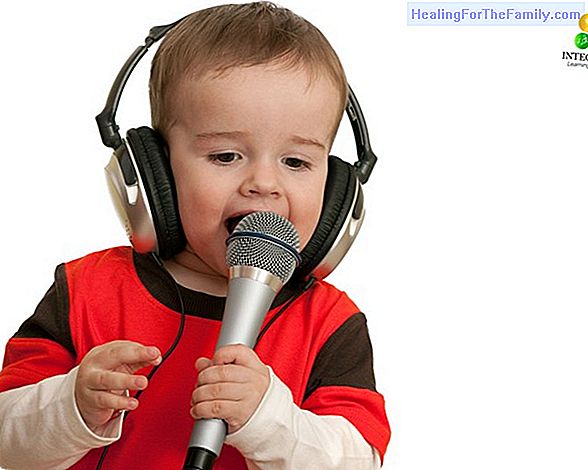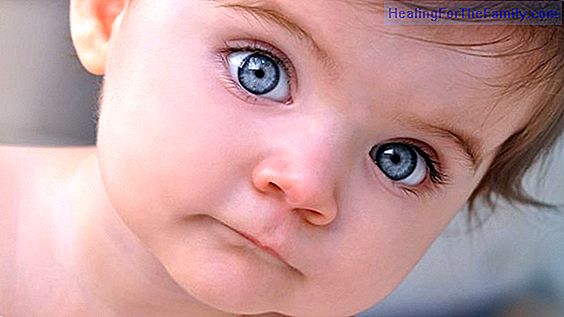How to differentiate between childhood fantasies and lies
Between 3 and 5 years old children have an overflowing imagination, an inner world in which fantasy is mixed with reality. It is the age of magical thinking, in which children believe in the tooth fairy, the fairies, the goblins and any inanimate being can come alive and speak. There are times when
Between 3 and 5 years old children have an overflowing imagination, an inner world in which fantasy is mixed with reality. It is the age of magical thinking, in which children believe in the tooth fairy, the fairies, the goblins and any inanimate being can come alive and speak.
There are times when talking with our children we must know how to differentiate between childhood fantasies and lies. Sometimes it is not easy, but before judging and thinking that a child lies to us we must take into account his age, maturity, personality and intentionality of what he tells us. Fa 4 Key factors to differentiate between childhood fantasies and lies
To differentiate between childhood fantasies and lies we must stop to analyze these 4 factors: La 1. The age of the child.

Many psychologists say that we can not talk about lies with a will to cheat before 6 or 7 years, because the very young child is unable to clearly differentiate between their inner and outer world, between their desires and reality.
A boy between 3 and 4 years old can tell us that his doll has told him he wanted chocolate for dinner or that a bad green monster has thrown away all his toys because he was tired of playing with them. It will not be lying, but fantasizing. It is from the age of 8 that we can start talking about lies with a clear intention to achieve objectives such as attracting attention, looking good, looking funny ... or getting out of compromised situations, that is, avoiding a reprimand or responsibilities that do not wants to take over
This is the starting point, age is the key to know how to differentiate a child's fantasy from a lie. The mental structures that allow the child to distinguish between his thoughts, desires, fantasies and reality do not begin to form until 5 years.
2. Maturity.
We know that each child is different and that each one matures in a different way depending on multiple factors (genetic, social, family or cultural). Age is a determining factor but sometimes the chronological age does not coincide with the mental age of the child.
3. The personality. The personality of the child also provides us with information about the extent to which what the child tells is a lie or fruit of his overflowing fantasy, since very imaginative children could continue fantasizing beyond the ages of 6-7 years.
4. Intentionality. When a child lies, it is distorting a real event, affirming or denying something with the intention of deceiving, avoiding unpleasant consequences or seeking the approval of others.
Within this point we must remember thatthe first lies are part of a game,
they look for the adult's reaction to something that only they know is not true. The intention, then, is merely exploratory, fun and not deception in order to get rid of reprimands. Having seen these 4 points, we can understand that when a 4-year-old child says he is talking to an invisible friend, he is not deceiving us but is part of the expression of his inner world where reality and imagination are mixed, a characteristic characteristic of children's thinking .












